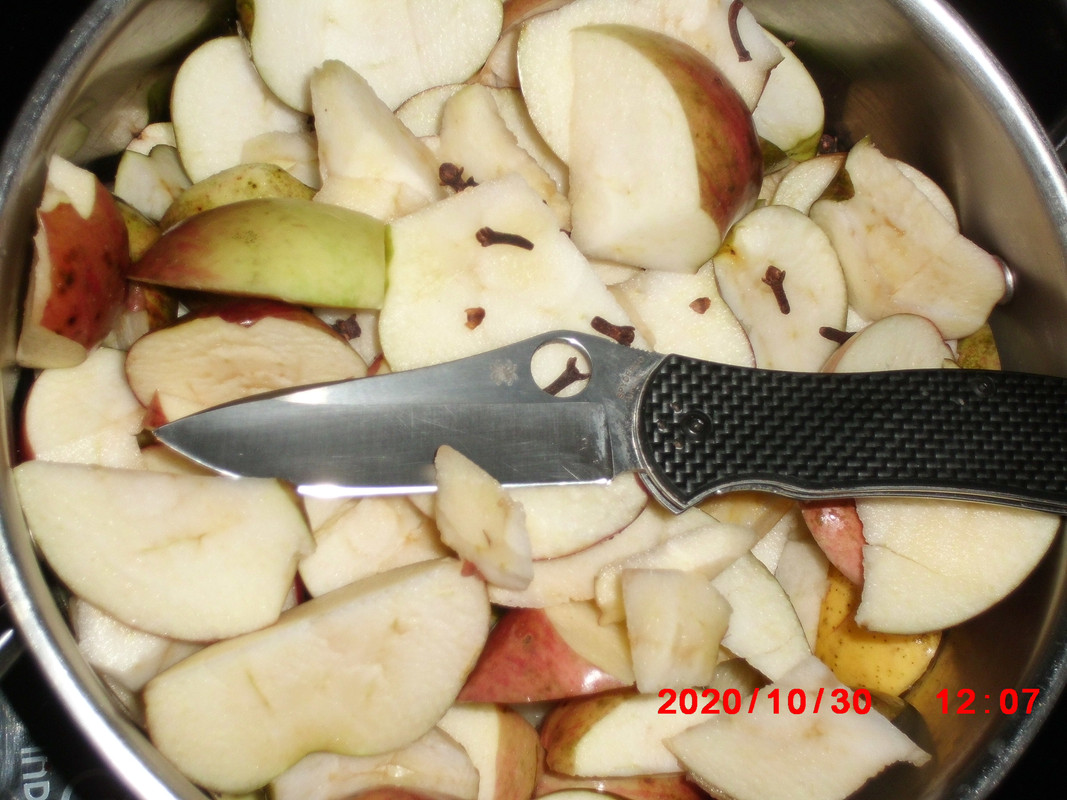- Joined
- May 28, 2012
- Messages
- 3,189
Is a CPM M4 blade steel with a black DLC coated blade on a knife rust resistant?
The BladeForums.com 2024 Traditional Knife is ready to order! See this thread for details:
https://www.bladeforums.com/threads/bladeforums-2024-traditional-knife.2003187/
Price is $300 $250 ea (shipped within CONUS). If you live outside the US, I will contact you after your order for extra shipping charges.
Order here: https://www.bladeforums.com/help/2024-traditional/ - Order as many as you like, we have plenty.
 www.bladeforums.com
www.bladeforums.com
Woah - never thought to use Tung oil on metal - does it do better than mineral oil? I imagine it sticks better… (just realized you were talking about using it over the DLC coating, but I’m still wondering how drying oils would do on carbon steel…)DLC is porous, so it can actually trap moisture which will promote rust. I think it is best to saturate the pores with a drying oil.
Woah - never thought to use Tung oil on metal - does it do better than mineral oil? I imagine it sticks better… (just realized you were talking about using it over the DLC coating, but I’m still wondering how drying oils would do on carbon steel…)
With mineral oil we can just reapply it like we would do with a carbon steel. As for drying oils, BLO (boiled linseed oil) will work just fine. I think it is called polymerization, the result is kinda like linoleum. Probably multiple coating are needed, but it will be well sealed for years..
Is linseed poisonous? And would there be a food safe option if it was.
My M4s are amazing cutters, but M4 rusts or stains if I look at it funny. I have a DLC coated one, I would expect the edge to rust quick. I would put food grade oil (go to the kitchen or wipe some fries on it!) or edible wax on the blade of any M4 knife.Is a CPM M4 blade steel with a black DLC coated blade on a knife rust resistant?
My Gayle Bradley 2 (Spyderco) doesn't seem to need a coating. Just clean and dry the blade when you're done with it.
Well then , that just seems like all the more reason to use a rust inhibitor on DLC .since not all DLC is equal,
I am able to carry straight carbon blades like Douk-Douk, Higo, K55 around without issue as long as I keep trusty mineral oil. Have not carried my Cruwear, REX45, or my girl's M4 yet (I think I want one for myself, I love the Taiwanese FRN comp lock leaf blade...)
So basically, if you can carry regular carbon steel a-ok with maintenence, will this M4 be any different? And if anyone knows, can you give me a rundown on Cruwear and REX45? I was of the opinion I must worry about the REX way more than the Cruwear. I live in SoCal. My REX45 will have DLC (and weigh half as much as my Espada XL with copper scales by Spyderco, ha ha!)

